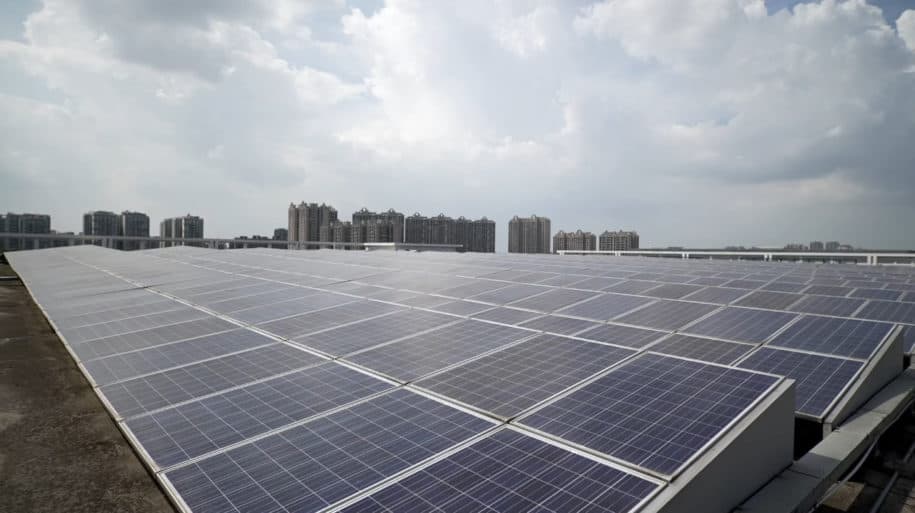When people think of improving efficiency in a business with digital technology, they often have an image of a robot on an Industry 4.0 assembly line. In practice, tasks involving people are also being performed more smoothly and rapidly with the help of technology.
This case study describes a project that Inglobe has delivered for Huawei Technologies to provide its technicians Industrial Augmented Reality tools to carry out common tasks more efficiently.
Background of the project
Installation and maintenance of IT equipment can be complex. The outcome of a work order is affected by a number of issues. The technicians have too many procedures to remember and even with the best documentation, reading text and looking at images of a product can be misunderstood or time consuming. Extra time must be taken to avoid errors, which leads to inefficiencies in the performance of assigned tasks, security problems and, ultimately, higher costs.
Working with Huawei’s Technical Documentation Innovation team, Perey Research & Consulting invited Inglobe Technologies to provide an appropriate solution for developing AR-enhanced installation and inspection instructions through its HyperIndustry platform.
The HyperIndustry platform is the basis for delivering targeted applications to support field technicians during installation, assembly and maintenance of some enterprise-class equipment, improving their performance. This project focused on the SUN2000-KTL inverter, a device that converts DC power from photovoltaic power systems on commercial rooftops and in large power stations into AC power and feeds it into the power grid.
The goal of the project was to assess how HyperIndustry – Inglobe’s Augmented Reality platform for Industry 4.0 – could improve the installation and maintenance processes of Huawei’s SUN2000-KTL product.
The challenges of the Industrial Augmented Reality project
The project presented a series of technical and organizational challenges to the partners. First, the team members collaborating on the project were in different regions of the world (US, Europe and China) and all development had to be performed remotely. The Inglobe technical team never had direct access to the devices on which the project was to bring value. Nevertheless, all the tracking and testing operations were successfully completed on schedule.
The installation steps tested for AR-enhancement are complex. Huawei has published videos and images to support the technician, as well as specialized tools. Each step must be completed in order for the correct installation.
Further, Huawei required that the application rely entirely on natural feature tracking. Finally, the solution needs to work outdoors, in highly variable climatic and lighting conditions in which the SUN2000 inverters must be installed. Without use of any marker and relying solely on 3D models based on photographs, Inglobe Technologies’ 3D tracking component delivered excellent results on systems mounted on building rooftops.

How the AR experience is structured
AR-assisted procedures developed by Inglobe Technologies for Huawei focus on installation and maintenance instructions of SUN2000 inverters in photovoltaic systems installed outdoors.
The AR experience was created rapidly based on a detailed storyboard and using the HyperIndustry platform, an Experience Management System for Industry 4.0. The platform compiles all the necessary content and interactive modules into native mobile applications for use on Android and iOS smartphones and tablets.
First the technician can choose either English or Mandarin instructions. The Industrial Augmented Reality experience starts when the technician points the camera of the mobile device on which the application is running at the inverter. The target is automatically recognized, and a list of procedures available for the model appears on the screen. The procedures may be assigned by the maintenance manager to one or more technicians, or they can be initiated entirely by the engineer in the field.
Once the technician begins a procedure, a series of steps are shown, each accompanied by instructions that simplify the operation to be performed and by Augmented Reality elements which, depending on the need, may be highlights of the intervention points or procedural animations. HyperIndustry platform by Inglobe Technologies allows the developer to associate additional contextual information, such as technical documents, photos and videos previously prepared by the technical documentation team, with each step.
Field technicians independently perform technical procedures by executing all required steps. The procedures may be either followed linearly or accessed as required, as a result of the definition of branches and paths depending on the use case or the context. Checklists and steps in the application help the operator to perform inspections and audits. The platform records the technician’s performance, then sends all of the performance metrics and analytics to managers so they can assess the processes.
The technologies involved in the project
HyperIndustry is a modular platform based on a content management system that allows corporate asset management in the context of an Augmented Reality workflow for Industry 4.0. The project consists of 3D models, tracking data of the equipment, images, videos, animations, documents, and other information considered valuable for the design of procedures, and management of users and assignments.
The platform includes a series of profiles to be associated with business roles including technical manager, who can create and assign tasks with a user-friendly interface and the field technician who receives the requests on his device. An analytics control panel is included in order to analyze data and customizable indicators (KPIs).

The platform’s recognition of 3D objects uses an advanced 3D tracking technology designed to deliver AR experiences efficiently and reliably on mobile and wearable devices.
The Benefits for Huawei
Existing studies show that the use of Augmented Reality when performing complex procedures in the field can improve performance of technicians in the workplace. Augmented Reality–assisted instructions help the professional access all the relevant information where and when needed. By reducing the need for training and avoiding errors during the performance of tasks, AR can significantly reduce costs, compared to traditional methods of delivering documentation.
Compared with the traditional paper-based or digital instructions, one of the most obvious benefits related to the installation and maintenance instructions is the technician’s immediate understanding of each step in the operation. The use of Industrial Augmented Reality has, in fact, allowed Huawei to make understanding procedures faster and less ambiguous, reducing the cognitive load for the operator. Consequently, the average execution time of the procedures could decrease.
This ease of access to information is a key factor that not only speeds up the execution of procedures by new technicians, but can also help the experienced staff in solving occasional and complex problems, through a true “perceptual intelligence system”.
Rhonda Truitt, Director of US R&D Technical Communication Innovation & Best Practices at Huawei, referring to the project declared: “The results we achieved on this project through Inglobe’s HyperIndustry were nothing short of amazing. Object recognition on outdoor equipment was something other vendors told us could not be done. Our customers have responded overwhelmingly positive about this experience. I am confident that we will see a sharp decline in installation errors due to this AR experience for post installation checks. Inglobe has really impressed me.”
Plans for the future
Huawei plans to continue working on Augmented Reality workflows that integrate Technical Documentation, Product Lines and support for Customers and Technicians in the field.

